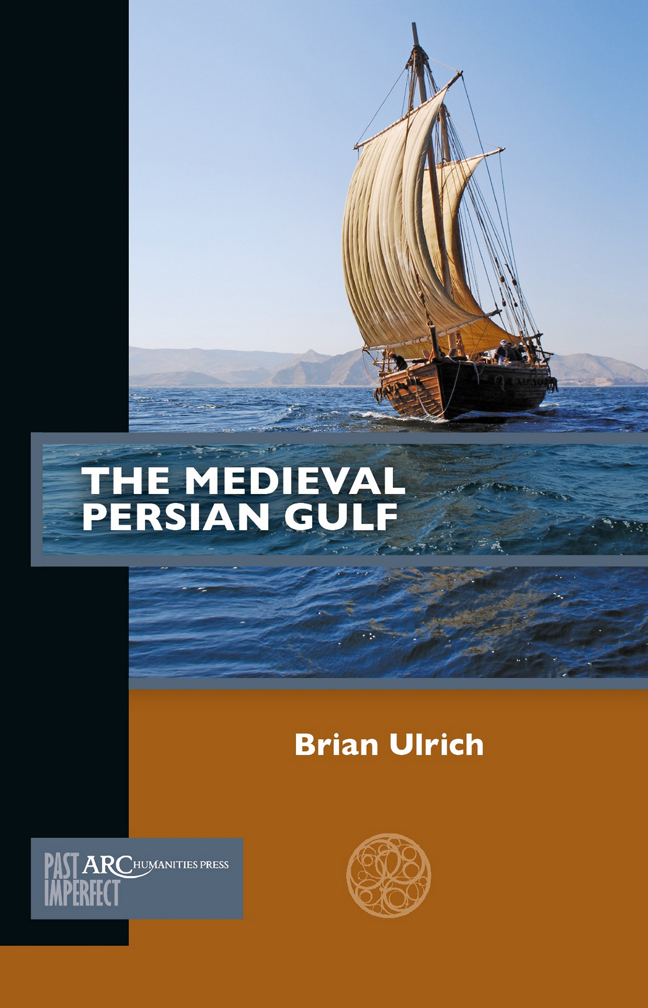Book contents
- Frontmatter
- Contents
- List of Illustrations
- Maps
- Timeline
- Introduction
- Chapter 1 Religious Diversity of the Early Islamic Era
- Chapter 2 Ethnic Diversity
- Chapter 3 The Society of Trade in the Early Islamic Period
- Chapter 4 New Trade Centres after 1000
- Chapter 5 Islamic Sects in the Late Medieval Gulf
- Chapter 6 Hormuz
- Conclusion
- Further Reading
Chapter 4 - New Trade Centres after 1000
Published online by Cambridge University Press: 20 February 2024
- Frontmatter
- Contents
- List of Illustrations
- Maps
- Timeline
- Introduction
- Chapter 1 Religious Diversity of the Early Islamic Era
- Chapter 2 Ethnic Diversity
- Chapter 3 The Society of Trade in the Early Islamic Period
- Chapter 4 New Trade Centres after 1000
- Chapter 5 Islamic Sects in the Late Medieval Gulf
- Chapter 6 Hormuz
- Conclusion
- Further Reading
Summary
Today the preeminent Gulf emporium is Dubai in the United Arab Emirates. A hub for air transit, corporate operations, and retail tourism, it has an impressive number of five-star hotels as well as the world’s tallest building. Elsewhere in the region, Doha, Qatar’s capital, hosted the 2022 FIFA World Cup as part of its bid for prominence, while Kuwait City, Abu Dhabi, and Manama are among the other cities with multicultural populations and a good deal of international commerce passing through. However, none of them existed before the 1700s, and even then most existed only as small fishing villages or centres of significance mainly for their own local areas.
Their rise fits a pattern of Gulf trade centres appearing and thriving, only to later be eclipsed by newcomers. Often, the fate of Gulf ports was determined by political fortunes and competition. Today’s most important entrepots owe their significance mainly to the backing of an oil economy, but also to an independence enabled by their rulers’ alliance with the British during a period in which neighbours sought to absorb them. The tenth century and later saw a fracturing of political authority which led to economic and even military competition over trade routes and revenues. This competition weighs against assertions that conflicts over trade in the Indian Ocean basin only became violent with the coming of the Portuguese and other Western Europeans. While it is true that, because of the scale of the Indian Ocean, no power sought to control its entire littoral, polities for whom trade was significant would fight for mercantile prominence in smaller areas.
Shifting Patterns of Trade
Scholars used to believe that disturbances in the Gulf region during the tenth century and the wealth and power of the Fatimid dynasty in Egypt led to a shift in Indian Ocean trade from the Persian Gulf to the Red Sea. However, although there is clear evidence of decline near the beginning of this period, and Siraf and al-Ubulla had passed their peak, new entrepots arose in the lower Gulf. Trade in the region was further enhanced by rulers of a Central Asian nomadic background who promoted long-distance trade and allied with the great trading families, the elite of which became even wealthier and held more power than those from previous centuries.
- Type
- Chapter
- Information
- The Medieval Persian Gulf , pp. 59 - 74Publisher: Amsterdam University PressPrint publication year: 2023

